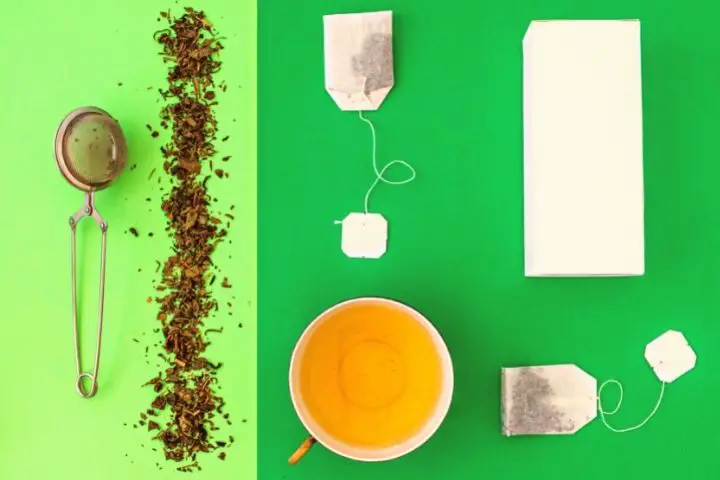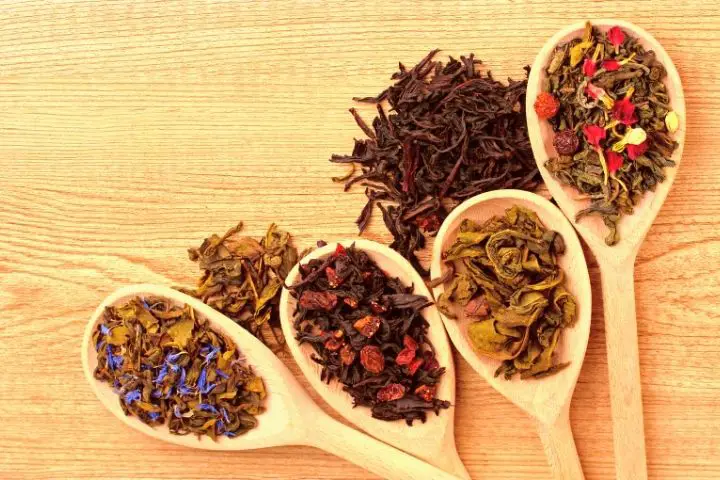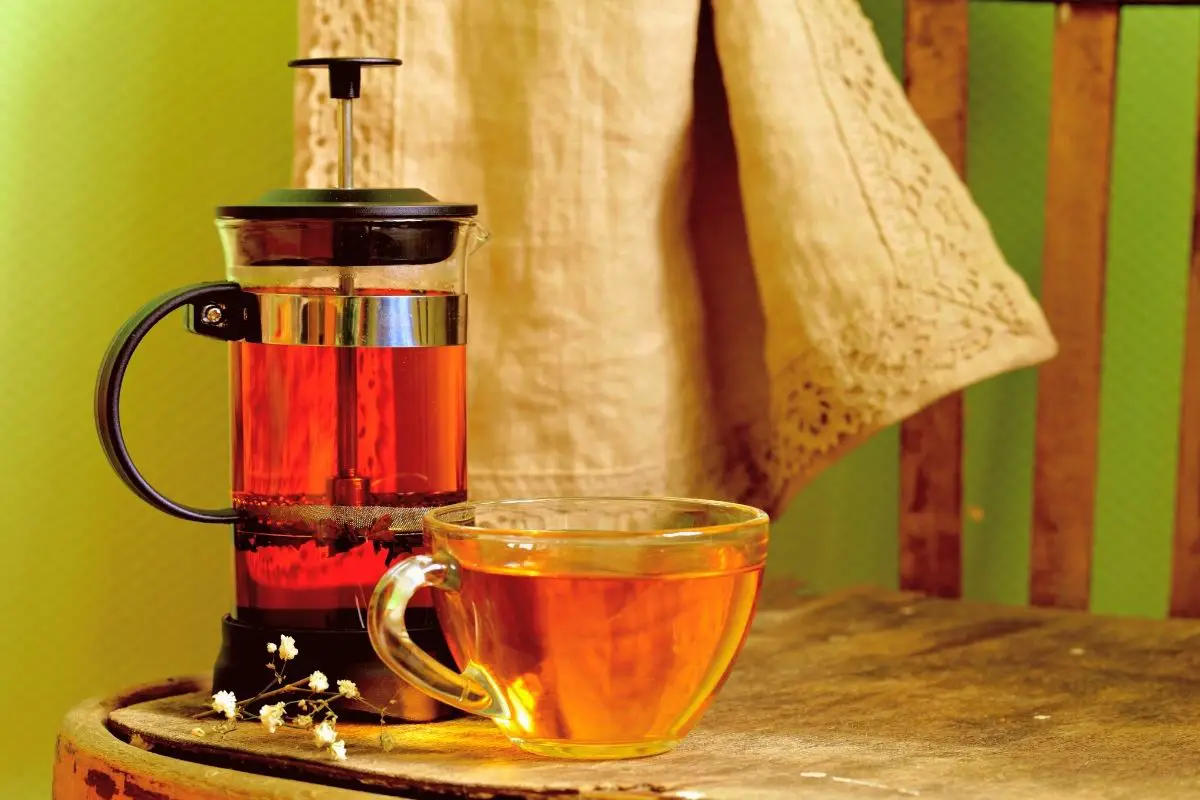How to Brew Loose Leaf Tea | Nothing beats freshly brewed tea
Hundreds of millions of us sip on tea to start our days, calm ourselves down, have a conversation before going to bed. Some say there are over 3000 different types of tea in the world and it’s second to only water as the most favorite drink in the world!
If you want a quick cup of tea, you throw in a tea bag and fill it up with water, but the seasoned drinkers will know all about loose leaf tea. It can be intimidating if you’ve never brewed it before, but don’t worry – it’s no rocket science. By the end of this article, you will be ready to step your tea drinking game up!
Related article: How to Store Loose Leaf Tea
What is loose leaf tea and how is it different from your favorite tea bag?
With the demand for tea being so high globally, it’s natural that tea is mass produced in the form of tea bags. However, the difference between tea bags and loose leaf tea is more than just the bag.
What you get in your standard supermarket tea bags, like good ol’ Lipton for example, is called ‘Dust and Fanning’, these tea leaves have been crushed into a fine powder. This form of tea is less in quality, the flavor is weaker, and it’s worse for the environment (because of the bag!). Although there are now some really good alternative plastic free tea bags available, nothing beats freshly brewed loose leaf tea.
‘Broken & Loose leaf’ tea bags are the fancy ones you get in your supermarket. The packaging has more detail and thought put into it, and of course, the price is considerably more. The bags themselves are bigger, though you only get a few, and contain partially broken tea leaves in them, so therefore the taste is better.
Finally, you get your loose leaf tea and this you usually buy in bulk in a tin box or a big bag. It’s the cheapest, healthiest, most flavourful and the quickest to decompose. It may be scary at first but we promise it’s super simple and so worth it.

What do you need to brew loose leaf tea?
Compared to making tea using a simple tea bag, brewing tea with loose leaf requires a few more things, but is well worth buying (or borrowing). All you need is:
- Water
- Loose leaf tea of your choice
- Kettle or pot to boil your water in
- Cup/mug
- A form of a filter can be filter bags, strainers, mesh balls or infusers.
How do you brew loose leaf tea?
Brewing loose leaf tea takes a bit more time and effort than the usual tea bag tea, but it’s not rocket science and super easy to do. All you have to do is:
- Boil your water in your kettle or milk pan. You can measure it out by pouring the water into your cup first and then pouring it into the pan or kettle if there are no visual measurements.
Depending on how precise you want to be, you can follow the guidelines of each individual tea type’s ideal water temperature. For example, black tea, herbal tea and rooibos tea should have water boiled to 212 degrees whereas green, white and purple tea should be between 175 and 180 degrees.
Just flip over the pack and see what’s recommended. If you don’t have a fancy kettle or a thermometer, you can just judge what stage the boil is at and either take it off when it starts steaming or when it’s in full boil.
- The next step is to measure out your tea leaves. Now how much or how little tea leaves you put in will come down to your personal preferences and how strong you want your tea to be.
However, a general rule of thumb is one level teaspoon of tea for every 6 ounces of water (180 ml), which is the amount of water an average tea cup can hold. It’s important to note though, that some coffee mugs are bigger and hold 10 to 12 ounces of water (300 – 350ml), in which case you would have to put two level teaspoons of tea.
There are exceptions to this rule! Namely white tea, which is weaker by nature, so for every 6 ounces you would use 2 teaspoons.

- You then have to steep your tea. Experts recommend that you pour your boiling water over the tea leaves as opposed to spooning the tea into the water, as this way, you get the most out of your tea leaves.
How long you steep your tea depends on a few factors. Firstly, on your taste, the stronger you like your tea the longer you will leave it in and vice versa. However certain teas do require to be steeped for a minimum amount of time, and they all vary depending on the tea. So whichever tea you try, be sure to read what is recommended to see what it should taste like, before experimenting.
With there being so many different teas, the steep time varies considerably, for example, green tea only needs 1 to 2 minutes, white tea and oolong tea 2 to 3 minutes, black tea 3 to 5 and some teas like herbal and rooibos need more than 5 minutes!
- Finally, take out the strainer you’ve decided to use, be it a mesh ball, filter bag or basket style filter, throw away the eco-friendly tea leaves, and enjoy your fresh loose leaf tea!
FAQ’s
What health benefits do different types of tea have?
Studies have proven that tea consumption boosts your immune system, reduces inflammation, helps with weight loss, and fights against diabetes and even cancer among a number of other things. But let’s take a look at which tea helps with which problem.
If you are struggling to sleep or just want to boost your immune system then you should try Herbal tea. If you are struggling with diabetes or high blood pressure then Oolang tea and Pu-Erh are recommended. If digestion, immunity or heart health are your problems then black tea is the one for you, whilst white tea will help control cholesterol and improve your brain health. With so many teas existing, a little bit of research will help you find the right tea to help improve your health.
Can I have a cold loose leaf tea?
Don’t let sweltering summer days put you off of your love for loose leaf tea. When those temperatures rise, just have it cold instead. All you have to do is brew your tea with cold water instead of hot.
However, to really get the water infused with the tea leaves, you will have to refrigerate your tea for at least eight hours, but ideally overnight before you use it to refresh yourself.





